From Hobbyist to Commercial Cultivation: A Guide to Cannabis Farming in Shipping Containers
You’ve spent time cultivating cannabis as a hobby, sharing your quality yields with friends who’ve urged you to turn your passion into a profession. Now, the idea of commercial cultivation beckons, but the transition can be daunting. Thankfully, there’s a solution bridging the gap between hobbyist and entrepreneur: container farming. But what exactly is container farming?
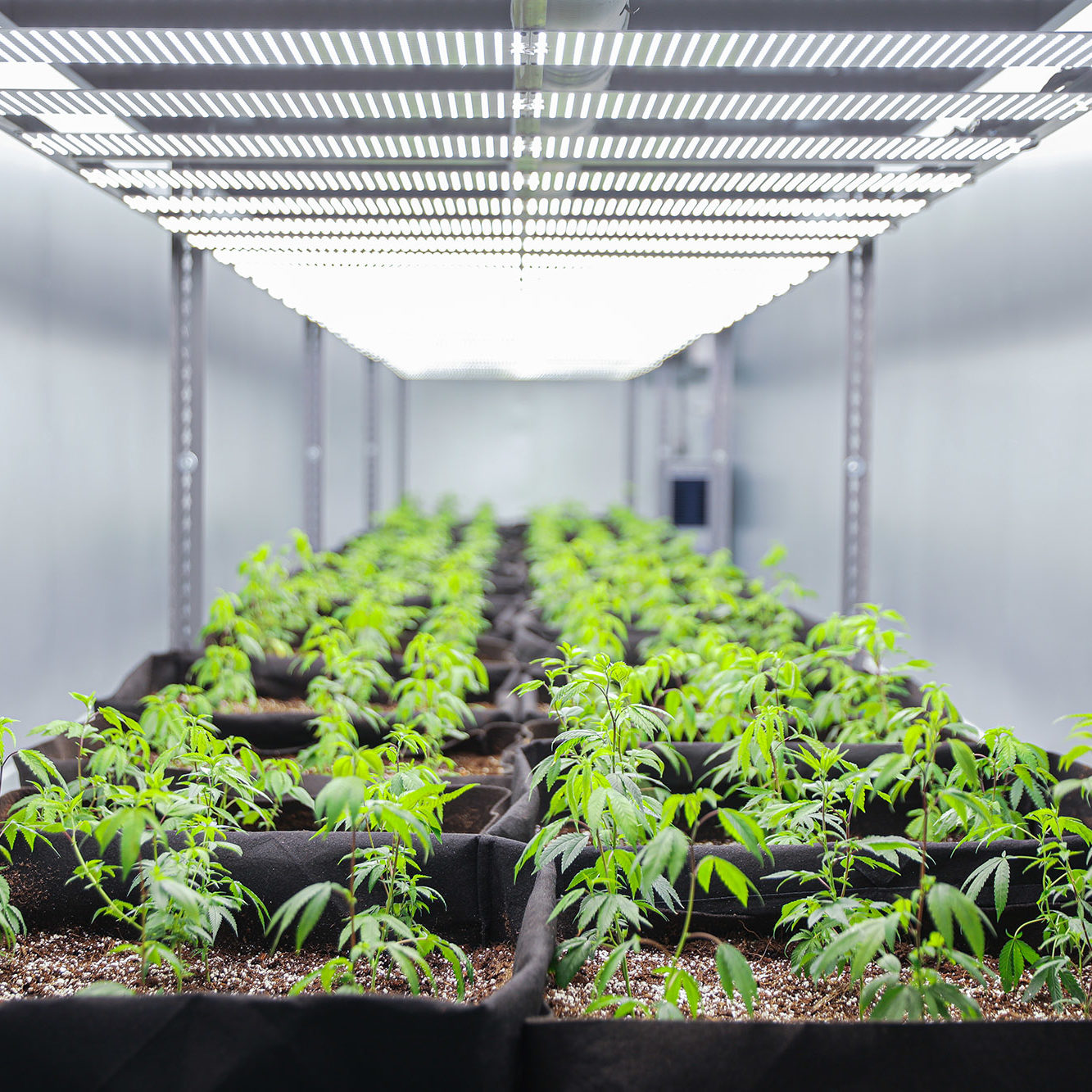
In essence, container farming involves cultivating cannabis within shipping containers. However, the process isn’t as straightforward as it may seem. But fret not, as we’re here to guide you through the essentials of growing cannabis in shipping containers, offering you a stepping stone into the realm of commercial cannabis farming.
What Is a Container Farm?
Cannabis cultivation has flourished post-legalisation, witnessing significant advancements in processing and retailing. Yet, traditional growing methods come with inherent challenges beyond legal complexities. Commercial growers tackling issues like space constraints, unpredictable climates, and plant diseases are increasingly turning to container farms.
Container farming entails repurposing shipping containers into controlled cultivation environments. These containers provide an ideal setting for precise environmental control, regulating factors such as air quality, humidity, CO2 levels, and ventilation. Moreover, their enclosed structure safeguards plants against environmental hazards, fostering discreet cultivation—a boon for many growers.
Benefits of Growing Cannabis in Shipping Containers
Container farming offers several advantages over conventional methods, making it an appealing option for new commercial growers:
-
Enhanced Production Capacity: Shipping containers provide a conducive structure for hydroponic systems, enabling efficient space utilization and significantly boosting yields. For instance, Delta 9’s grow pods, housed within refurbished shipping containers, boast impressive production figures, demonstrating the potential for high-value returns.
-
Reduced Risk of Crop Failure: Container farms create controlled environments that mitigate the risk of common cannabis adversaries like mold, pests, and diseases. Furthermore, their compact size allows for easier containment in case of contamination, minimizing potential losses.
-
Flexibility: Container farms offer portability and modularity, allowing growers to relocate or expand their operations with relative ease. This flexibility is invaluable for adapting to evolving market demands and optimizing resource utilization.
-
Eco-Friendly Practices: Container farming promotes sustainability through water recycling and reduced transportation costs. Hydroponic systems conserve water, while localized production reduces the carbon footprint associated with long-distance supply chains.
-
Accessibility and Affordability: Container farms cater to both seasoned growers and newcomers, offering a streamlined setup process and lower entry barriers compared to conventional facilities. Their cost-effective nature and ease of installation make them an attractive option for aspiring cannabis entrepreneurs.
-
Space and Cost Efficiency: Acquiring and maintaining suitable cultivation premises can be prohibitively expensive. Container farms provide a cost-effective alternative, maximizing space utilization and minimizing overheads associated with land acquisition and maintenance.
-
Enhanced Security: Container farms offer robust physical security, meeting stringent regulatory requirements for cannabis cultivation. Their reinforced steel structures deter potential threats, ensuring the safety and integrity of valuable crops.
Drawbacks of Growing Cannabis in Shipping Containers
While container farming presents numerous benefits, it’s essential to acknowledge its limitations:
-
High Upfront Costs: Establishing a container farm entails significant initial investment, particularly for prebuilt modules or extensive DIY projects. From container procurement to system installation, expenses can escalate rapidly, posing a barrier to entry for some growers.
-
Limited Space: Despite their versatility, shipping containers impose spatial constraints that may hinder large-scale cultivation efforts. Expanding operations may necessitate additional containers, further inflating costs and logistical complexities.
-
Energy Consumption: Maintaining optimal environmental conditions within shipping containers requires substantial energy inputs, primarily for climate control and lighting. High electricity consumption can escalate operational expenses, affecting long-term profitability.
How Much Does a Container Farm for Cannabis Cost?
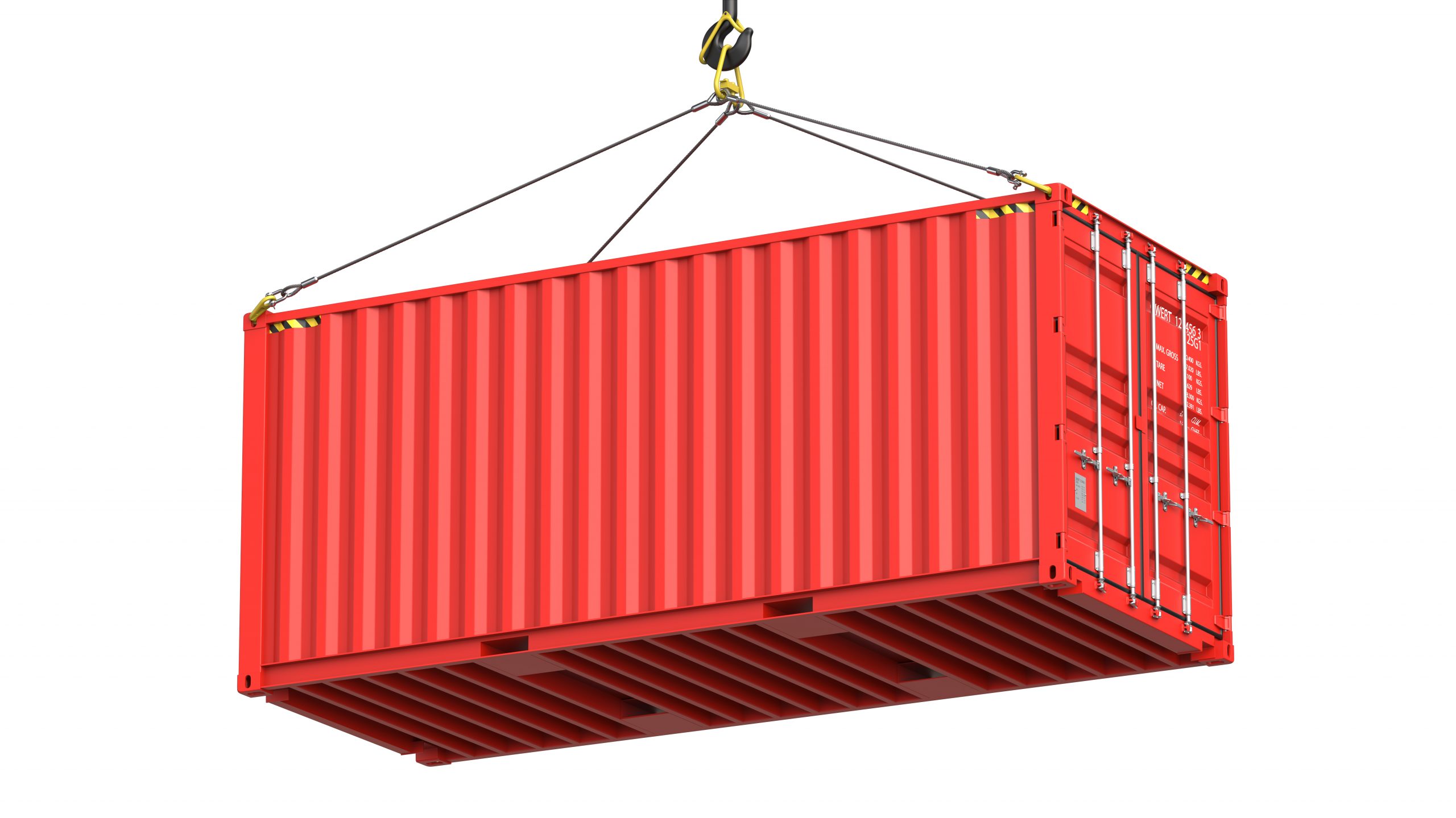
The cost of establishing and operating a container farm varies depending on several factors:
-
Container Acquisition: Whether opting for refurbished or new containers, procurement costs constitute a significant portion of the initial investment. Pricing is influenced by factors like container size, condition, and required modifications.
-
System Installation: Additional expenses include climate control systems, lighting fixtures, hydroponic setups, insulation, and structural modifications. These components contribute to the overall functionality and efficiency of the container farm but come at a considerable cost.
-
Operational Expenses: Ongoing operational costs encompass electricity bills, nutrient procurement, maintenance, and staffing. Efficient resource management is crucial for optimizing profitability and mitigating financial burdens.
Should You Buy a Container for Growing Cannabis?
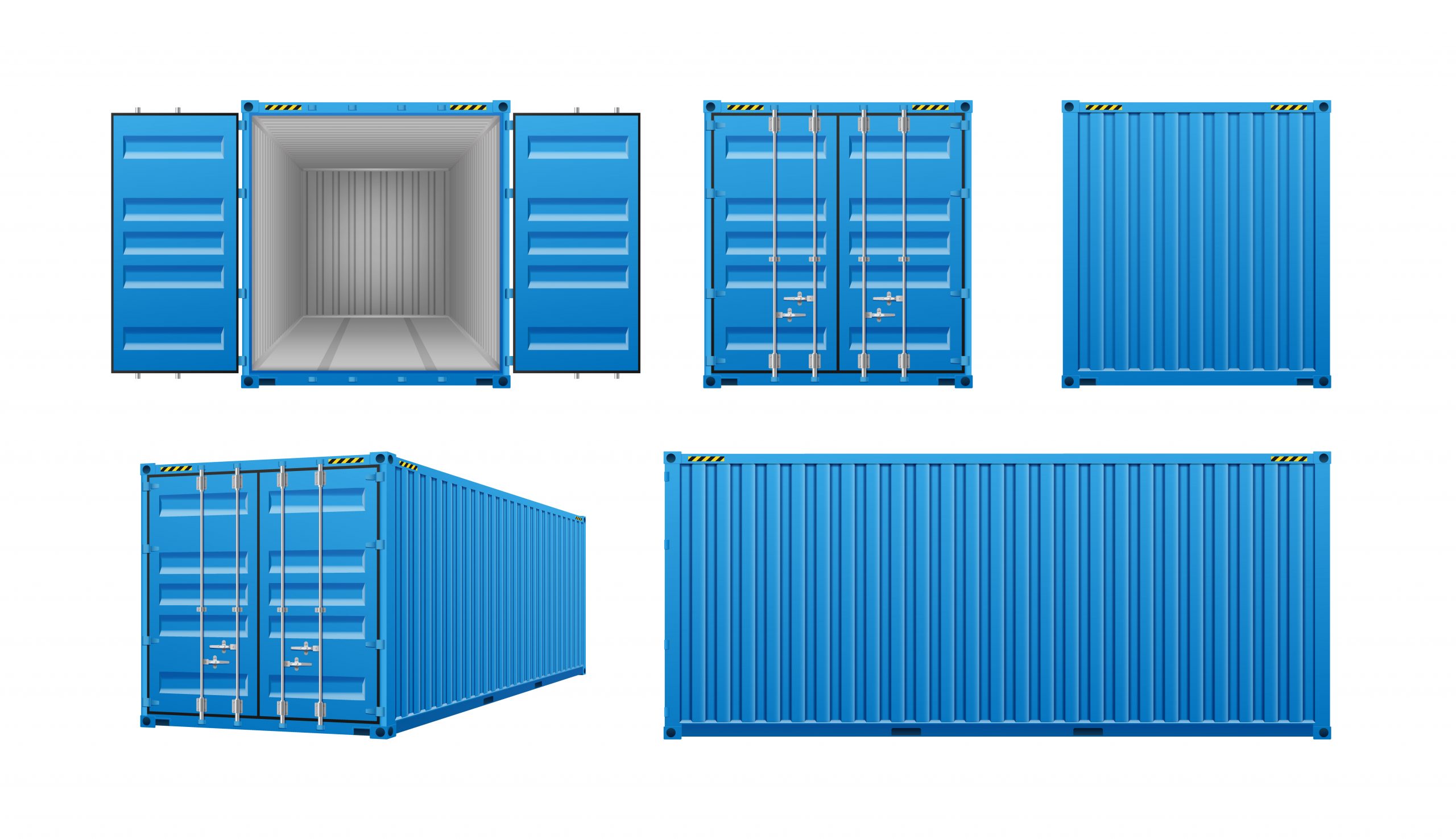
Deciding whether to purchase a container farm involves evaluating various factors:
-
Prebuilt vs. DIY: Choosing between prebuilt modules and DIY projects depends on budget, expertise, and customization requirements. Prebuilt units offer convenience but come at a premium, while DIY approaches offer cost savings but require time and technical proficiency.
-
Supplier Selection: Partnering with reputable suppliers ensures quality containers and comprehensive support throughout the procurement and installation process. Thorough research and due diligence are essential for identifying reliable suppliers and securing suitable container solutions.
How to Build a Container Grow Room for Cannabis?
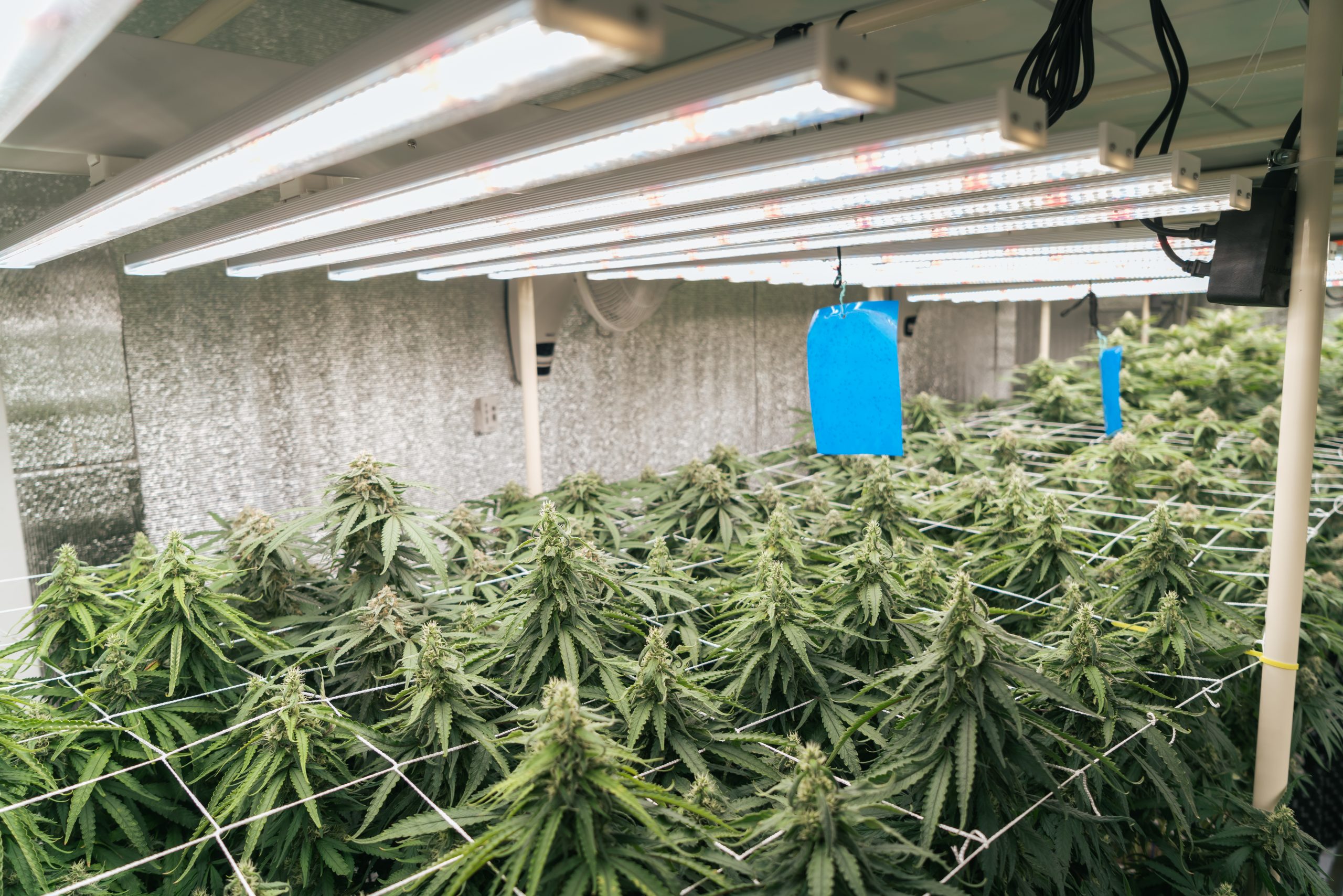
Embarking on a DIY container farming project entails several steps:
-
Compliance Check: Familiarize yourself with local regulations governing container farming, ensuring compliance with zoning laws and permitting requirements.
-
Method Selection: Research and select suitable cultivation methods, considering factors like hydroponic systems, lighting, and ventilation requirements.
-
Container Procurement: Source containers from reputable suppliers, prioritizing functionality and structural integrity over aesthetics.
-
Logistics Planning: Arrange transportation and logistics for container delivery and installation, ensuring adherence to safety protocols and site preparation requirements.
-
Installation Process: Assemble and customize the container farm according to predetermined specifications, integrating essential components like climate control systems, lighting, and irrigation systems.
-
Maintenance and Monitoring: Implement regular maintenance routines and monitoring protocols to ensure optimal performance and crop health, addressing any issues promptly to minimize disruptions.
Controlling Pests and Diseases in Container Farms
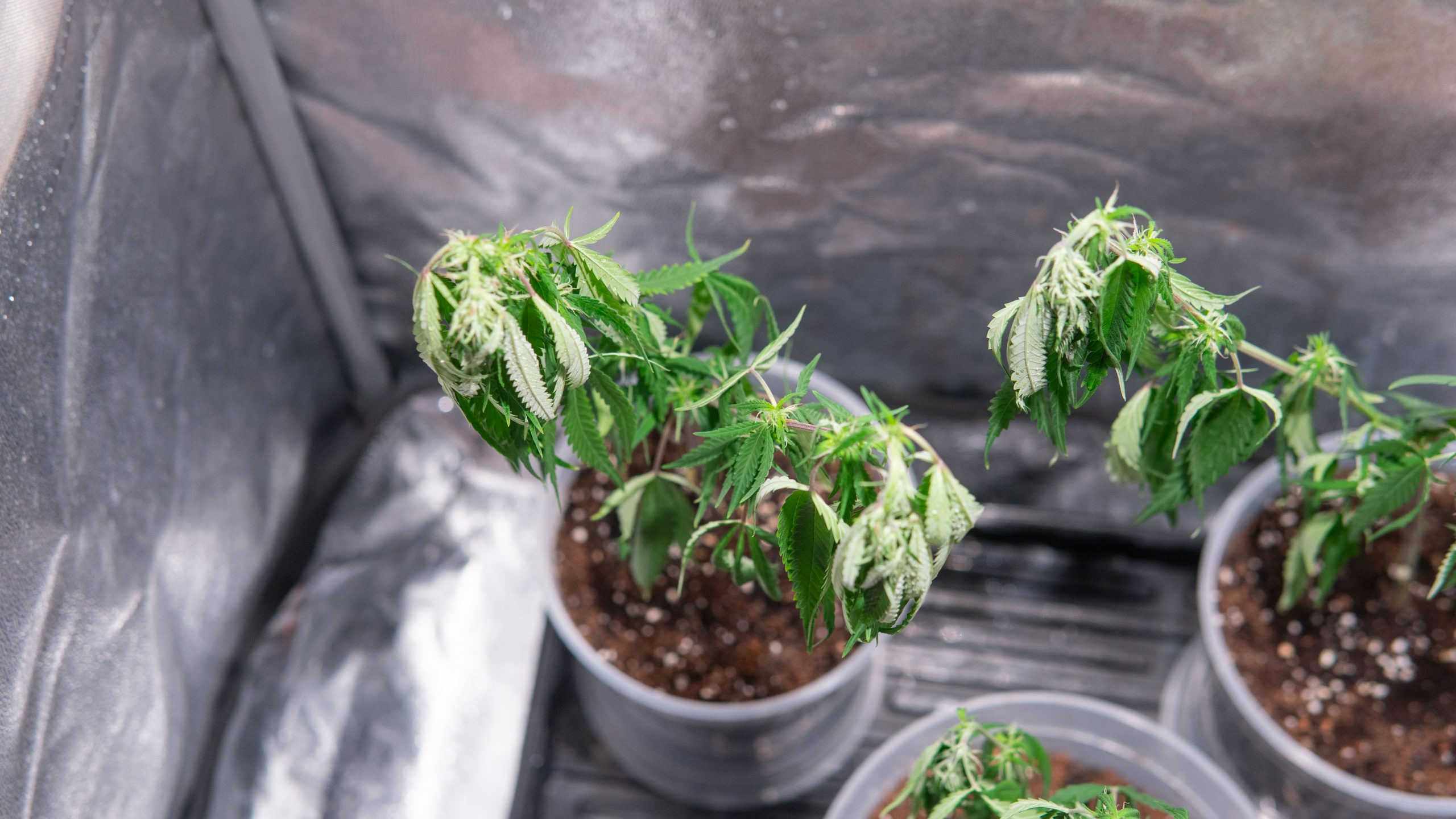
Effective pest and disease management strategies are essential for safeguarding crop health and maximising yields:
-
Preventive Measures: Implement proactive measures like plant inspections, sanitation practices, and biological pest control methods to prevent infestations and disease outbreaks.
-
Chemical Controls: When necessary, utilize environmentally friendly pesticides and treatments to mitigate pest populations while minimizing ecological impacts.
